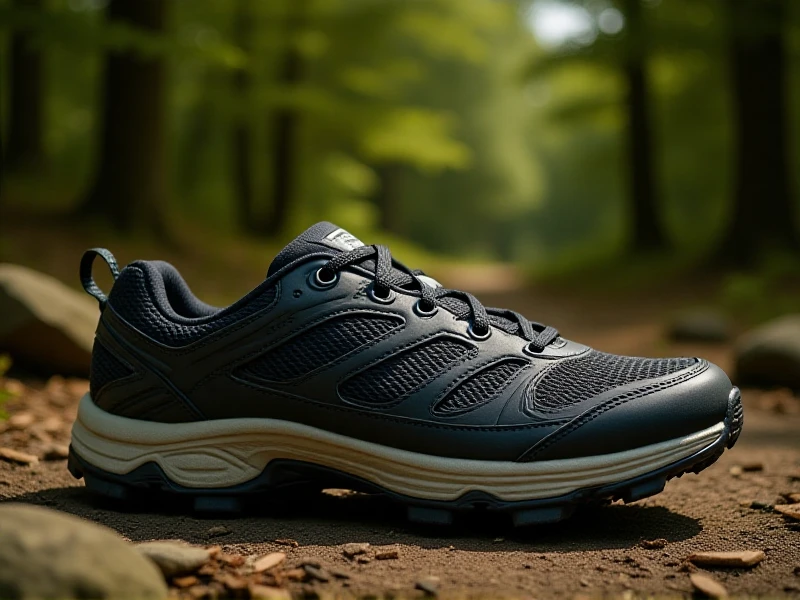Unlock Your Best Trails: Your Guide to Choosing Trail Running Shoes

Ready to trade pavement for dirt paths, rocky ascents, and muddy tracks? Trail running offers unparalleled adventure, but conquering unpredictable terrain demands the right footwear. Choosing the best trail running shoes isn't just about aesthetics; it's crucial for performance, comfort, and injury prevention. Forget your regular road runners – trail-specific models are engineered to handle the wild.
Why Trail Runners Rule the Rough Stuff:
Unlike smooth road shoes, trail running shoes are purpose-built stability and protection:
- Supreme Traction: This is paramount. Look for aggressive, multi-directional lugs designed to grip loose dirt, slick mud, wet rocks, and loose gravel. The outsole rubber compound is stickier (like Vibram Megagrip) for better friction on technical surfaces.
- Robust Protection: Trail shoes shield your feet. A reinforced toe cap guards against unseen roots and rocks. Many incorporate a flexible rock plate (thin shield) in the midsole to disperse impact from sharp stones underfoot.
- Enhanced Stability & Support: Uneven terrain requires more support. Expect wider bases for a secure platform, firmer cushioning to prevent rolling ankles, and strategically placed overlays holding your foot securely in place during lateral movements.
- Durable, Protective Uppers: Ripstop mesh, TPU overlays, or reinforced synthetics resist abrasion from bushes and rocks while offering weather resistance. Drainage ports quickly shed water after stream crossings.
- Secure Fit: A snug heel and midfoot lock-down prevent slippage on steep descents. A roomy, protective toe box allows your toes to splay on uneven ground and prevents jamming on downhills.
Finding Your Perfect Trail Companion:
Selecting your ideal trail running shoes depends on your trails and running style:
- Terrain: Smooth fire roads need less aggressive lugs than technical mountain paths. Match the tread depth and pattern to your typical terrain.
- Cushioning: From minimal protection for a "ground feel" to highly cushioned models for long-distance comfort or harsh rock gardens, choose your level.
- Drop: The heel-to-toe offset. Traditional (8-10mm) offers stability, while lower drops (0-6mm) promote a more natural stride – try both!
- Fit is King: Always try shoes on later in the day when feet are slightly swollen. Wear your intended running socks. Ensure a secure heel, roomy toe box (about a thumb's width), and no pressure points. Walk, jog, and simulate downhill movements.
Ready for Adventure? Invest in Your Trail Experience.
Don't let inappropriate footwear limit your off-road potential. Upgrading to dedicated trail running shoes transforms your experience. You'll gain confidence tackling technical sections, improve your stability on unpredictable surfaces, and significantly reduce the risk of slips and foot fatigue. Embrace the challenge of the trails safely and comfortably. Your next adventure awaits – find the trail running partners that power you through it!